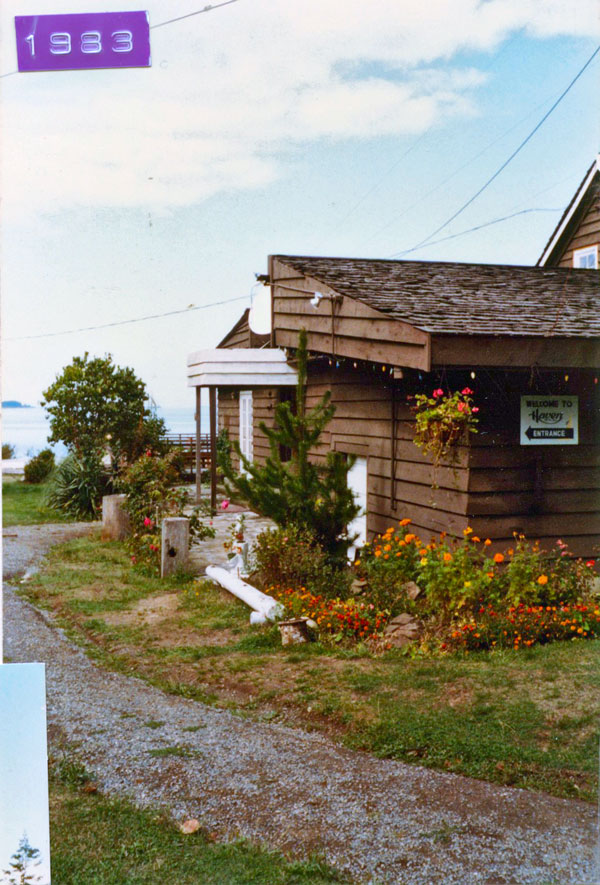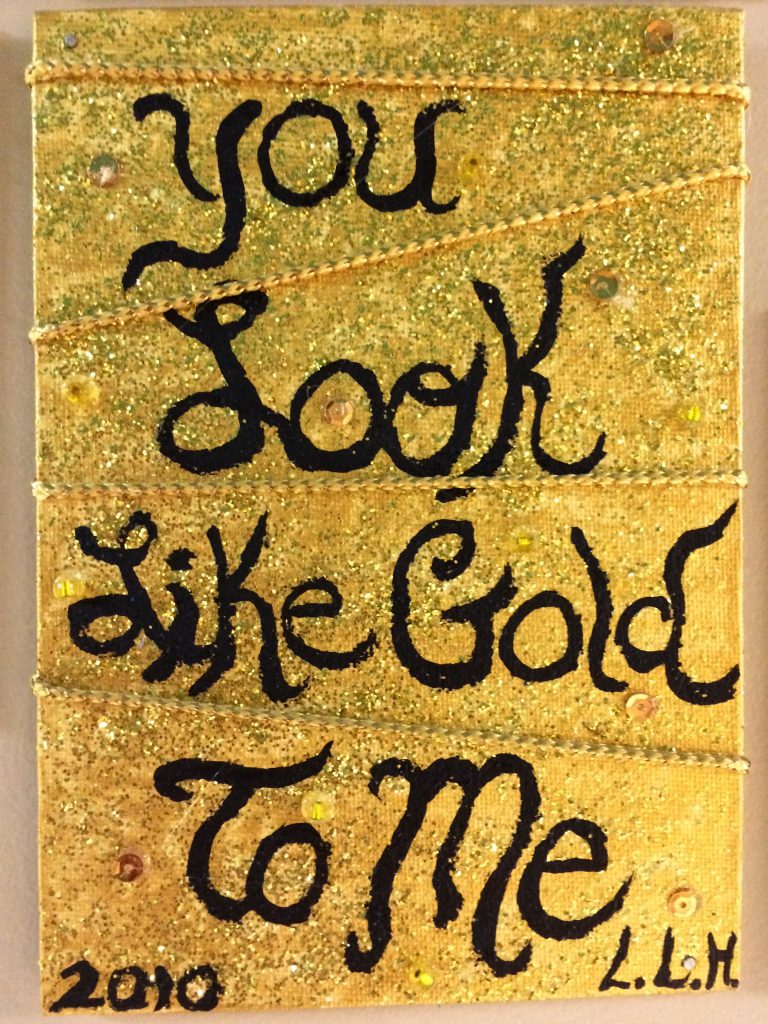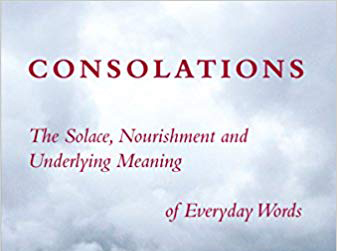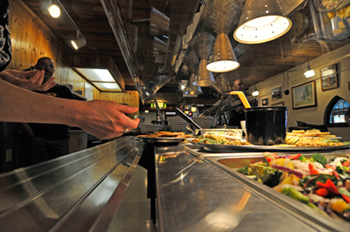From Loneliness To Connection
Come Alive leader Toby Macklin asks how we might feel “lonely in a crowd,” and suggests a way out.
By Toby Macklin
In a 2013 TEDx talk entitled The Lethality of Loneliness, Dr John Cacioppo cites research on factors that predict an earlier death. Air pollution, he says, raises the odds by 5%; obesity by 20%; excessive drinking by 30%. At the top of the heap, chronic loneliness can raise your chances of an earlier death by as much as 45%.
There is a large body of research that links social isolation with poor health. Lonely people suffer more depression, heart disease, sleeping problems, high blood pressure and an increased risk of dementia in older age. And loneliness is widespread – according to Cacioppo, between 20% and 40% of us feel chronically lonely.
Importantly, it is not just being alone that can cause poor health and earlier death. It is the feeling of loneliness — including that ‘alone in the crowd’ feeling – that can affect health. For Cacioppo, loneliness is defined as perceived social isolation, not objective social isolation. People can live relatively solitary lives, he says, and not feel lonely. On the other hand, we might have an apparently rich social life and feel lonely nonetheless. Loneliness is a felt experience of one’s social needs not being met by the quantity – or especially the quality – of one’s social relationships.
Many people come to The Haven describing such loneliness. Paul Tillich, whose work I’ve referred to before (here and here), used the words separation or estrangement to describe the phenomenon. Dr. Fay Bound Alberti, a cultural historian and author of A Biography of Loneliness, uses the same terms. Loneliness, she says, is a “conscious, cognitive feeling of estrangement or social separation; an emotional lack that concerns a person’s place in the world.”
Some people who come to programs live and work alone, and find it hard. Others have partners, families, friends – and still feel lonely. Many people who take Come Alive or Living Alive learn to create relationships in which they feel more genuinely connected – and also learn to be happier when they are alone.
“It was one of the most profound and healing experiences of my life. I feel like a great weight has been lifted and I have found a centre of stillness and calmness within me. I am more open and I feel more deeply connected to the people and the world around me.” C.H., Come Alive 2018
One frame we use in programs to talk about loneliness is the Resonance Model. In this model, we suggest that as people grow up increasingly to conform to and internalize the expectations and power structures of their families and of society, they become stuck in the roles they play and lose touch with their authentic natures. We learn to treat ourselves – and others – predominantly as objects rather than as real, multi-faceted, flawed, magnificent, and feeling human beings. We show one another only what is expected of or allowed us. Among the consequences of this dehumanization is an experience of loneliness.

Philosopher, political activist and Christian mystic Simone Weil (1909–43) wrote provocatively about the dangers of the objectification or “thingification” of ourselves and others. “It is not natural for man to become a thing,” she wrote. Force, she says in The Iliad or The Poem of Force, turns anybody who is subjected to it into a thing. “Exercised to the limit,” she writes, “it turns man into a thing in the most literal sense: it makes a corpse out of him.”
She continues with this extraordinary passage:
“From [force’s] first property (the ability to turn a human being into a thing by the simple method of killing him) flows another, quite prodigious too in its own way, the ability to turn a human being into a thing while he is still alive. He is alive; he has a soul; and yet – he is a thing. An extraordinary entity this – a thing that has a soul. And as for the soul, what an extraordinary house it finds itself in! Who can say what it costs, moment by moment, to accommodate itself to this residence, how much writhing and bending, folding and pleating are required of it? It was not made to live inside a thing; if it does so, under pressure of necessity, there is not a single element of its nature to which violence is not done.”
It costs us a great deal, this “writhing and bending, folding and pleating,” and leads to the loneliness, isolation and ill health that Cacioppo and others highlight. In Come Alive and other Haven programs we offer people opportunities to rediscover who they really are, the person more than the object – in Weil’s image, the soul that has worked so hard to accommodate itself to an unnatural home. It is as people do this that they can learn to relate personally to others as they really are … through courageously revealing to one another their true thoughts and feelings and opening themselves to the deeper realities of one another’s lives. In this way, it is possible to move out of loneliness and isolation, into connection and engagement.
Cacioppo is clear that loneliness is not entirely a bad thing. He likens it to hunger and physical pain, in that it impels us to seek out what we need to live and thrive. Loneliness can indeed spur us on to find and create the kind of human connection we yearn for. That reaching out is sometimes a risk, requiring courage and vulnerability. If you identify with the loneliness I’ve described in this article, let it impel you to act.
The next Living Alive Essentials is September 5th, 2021. Register now!
****************************

Toby Macklin leads Come Alive, Living Alive Phase I, New Horizons: Phase III and the online Come Alive Integration program. He works at the Vancouver Island Counselling Centre for Immigrants and Refugees, and has a private practice in Victoria, BC, focusing on healing and growth in the face of trauma.







